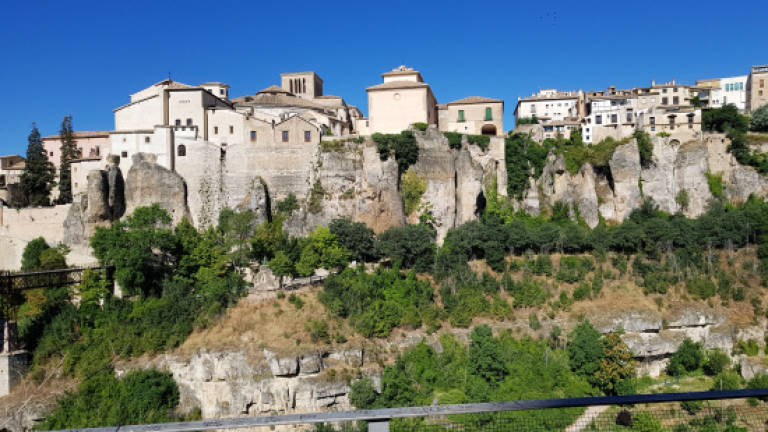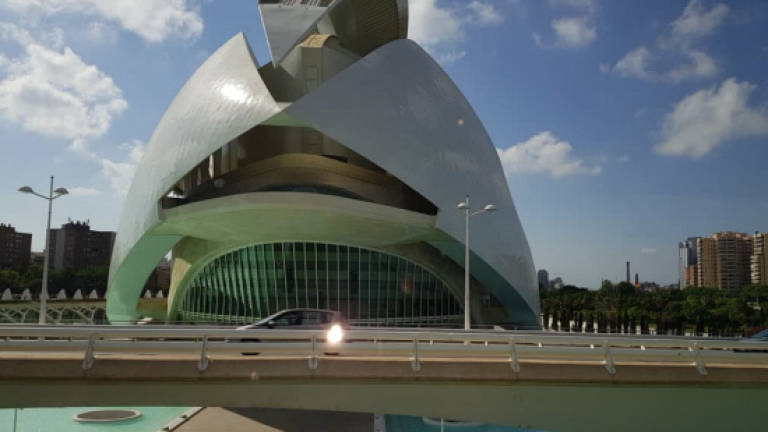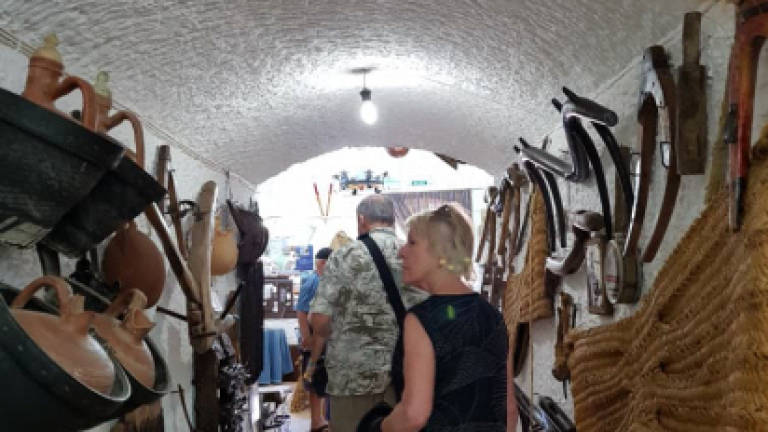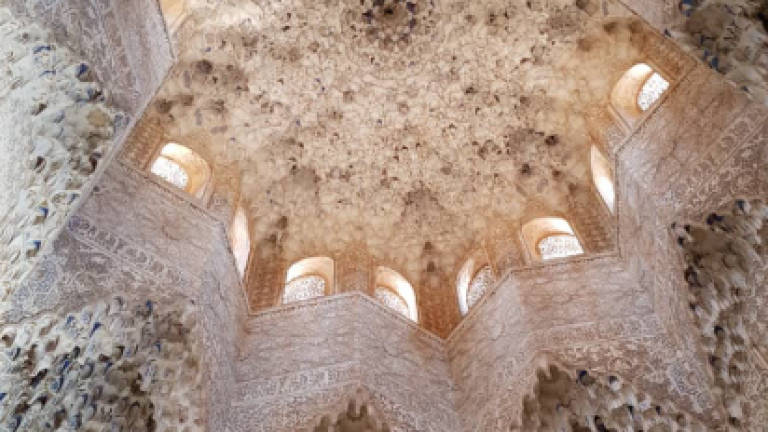Splendour of Spain





SPAIN at any time of the year offers many unforgettable sights of majestic, historic buildings, and wonderful experiences of cutting-edge gastronomy, art, and nightlife.
The country is far more diverse than meets the eye. With so many enticing cities and towns, it’s easy to get overwhelmed.
Next time you plan a trip to the Iberian Peninsula, let Trafalgar show you the way with its many specially-curated guided tours.
It has just the right trip for you, including one that covers both Spain and Portugal in 13 days that will take you to the Spanish cities of Madrid, Valencia, Granada, Cordoba, Seville, and Salamanca, as well as the Portuguese cities of Lisbon, Sintra, and Cascais right down to the Estoril Coast.
Trafalgar travel director Daisy Arundel is a passionate advocate for Spain.
She says: “Spain is one country you will never get tired of visiting, as there will always be something new and interesting to capture your heart and take your breath away.”
Whether it is the centuries of history in Madrid, or the dramatic honey-coloured clifftop-hanging houses of Cuenca, there’s so much to experience.
In the port city of Valencia alone, there’s the dramatic contrast between the city’s old centre with the 15th century Towers of Serrano and Quart, and its inspiring state-of-the-art urban recreation park designed by Spanish-Swiss architect Santiago Calatrava Valls called the City of Arts and Sciences.
Renowned for its modern verve and spirit of innovation, Valencia also boasts the tallest opera house in the world at 75 metres. The El Palau de les Arts Reina Sofía opened in 2005 and rises 14 storeys above ground.
Spain’s famous rice dish, the paella, also originates in Valencia, so you can try this iconic dish, featuring either chicken or seafood, at any of its many seafront restaurants.
Travel director Arundel shares with us one hidden treasure of Spain – the troglodyte cave dwellings in Guadix in the Granada province.
Here, generations of Guadix locals have carved abodes into their rocky surroundings. A cave museum in the town of Purullena just west of Guadix is one example.
Francisco Carmelo Requena Martinez (also known as Paco) and his family are the proud owners of this cave house and museum, the Cueva La Inmaculada.
The family-run business shows how people in the last century used to live on the top floor that now houses antiques and relics of old troglodyte cave houses. The caves are a cool respite from the heat outside.
Another hidden treasure is the Cueva de La Rocio, founded by Andrés Maya Fajardo and Rocío Fernández Bustamante in 1951.
This is one of the first venues of its kind in the Sacromonte quarter of Granada that features the Zambra flamenco style, which traces its origins to traditional gypsy wedding celebrations once held in the caves of Sacromonte.
Still managed by the Maya family to this day, Cueva de La Rocio features two different caves plus a large outdoor terrace with fabulous views of the Alhambra and Generalife.
Here, visitors get to dine and immerse themselves in authentic Zambra flamenco dancing up close.
No visit to the Granada province is complete without a stop at Alhambra. This Unesco World Heritage site was the former residence of the Moorish rulers of the Nasrid Dynasty for 250 years and is now a museum of Islamic architecture.
Surrounded by ancient walls, the Alhambra stood as the last stronghold of the Moors in Spain, and still appears to be an impenetrable fortress from afar.
It is not easy to get into the complex without advance booking because not more than 10,000 visitors are allowed daily.
But Trafalgar guests are always assured of entrance to this magnificent complex that comprises four groups of buildings amidst carefully-landscaped grounds.
The remains of Alcazaba, the original 13th-century Moorish fortress, is the oldest part of the complex, while the former sultans’ Nasrid Palaces are its most splendid buildings.
Typical of secular Moorish buildings, they have plain exteriors but sumptuous interiors with decorative tile work, flowers and fountained courtyards.
There is even a Palace of Charles built in the 1700s after the conquest of the Moors and used by the Spanish emperor as his summer palace.
But absolutely gorgeous is what’s called the ‘Generalife’, the expansive Alhambra gardens filled with shady patios, fountains, fragrant roses, and flower-adorned terraces.
For bookings, visit the Holiday Tours & Travel website at www.holidaytours.com.my.